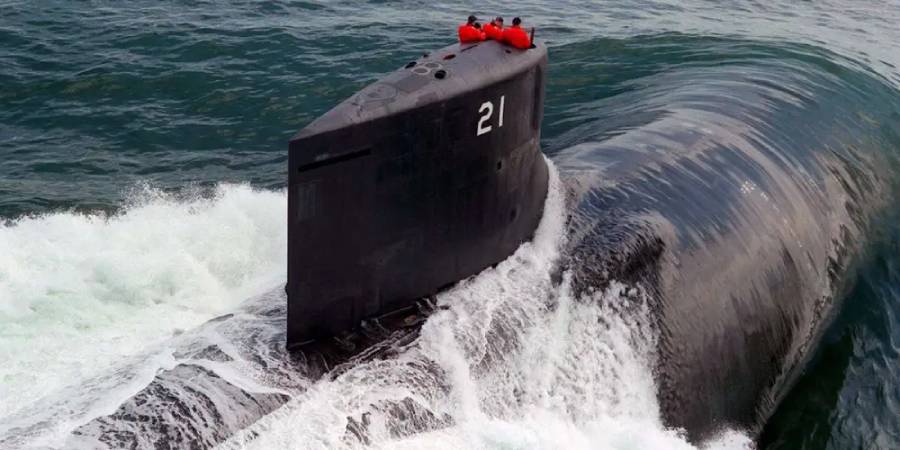
There are only three of them.
Late in the 1950s, the Soviet Navy’s nuclear-powered submarines — starting with the November-class attack submarine — could dive twice as deep as most of their American counterparts and often had higher maximum speed. But they had a conspicuous flaw: they were a lot noisier.
That meant American subs were routinely detecting and trailing the Soviet submarines from a distance without being detected in return — a huge advantage had there ever been a conflict.
In the 1980s, however, the Soviet Navy began to improve its acoustic stealth game. The Japanese Toshiba and Norwegian Kongsberg firms had sold propeller-milling technology to the Soviets that allowed for a much quieter seven-bladed propeller on its new Akula-class attack submarines.
US Navy studies concluded the Akula exceeded the mainstay of the US submarine force, the Los Angeles class, for acoustic stealth and roughly matched the Improved Los Angeles variant. As the Pentagon was flush with money during the Reagan administration, in 1983 the Navy began designing the biggest, baddest — and fastest and quietest — attack submarine possible to restore its edge over the Soviet Navy.
The resulting Seawolf laid down by Electric Boat in October 1989 had a wider hull than the 7,000-ton Los Angeles, displacing over 9,000 tons submerged and measuring 108 meters in length.
Whereas the Los Angeles carried 37 torpedoes in four tubes, the Seawolf could lug 50 heavy-weight 533-millimeter Mark 48 torpedoes or Harpoon anti-ship missiles, which it could launch through eight over-sized 660-millimeter torpedo tubes. (The tubes size was meant to future-proof in case the Navy adopted larger weapons. It didn’t.)

